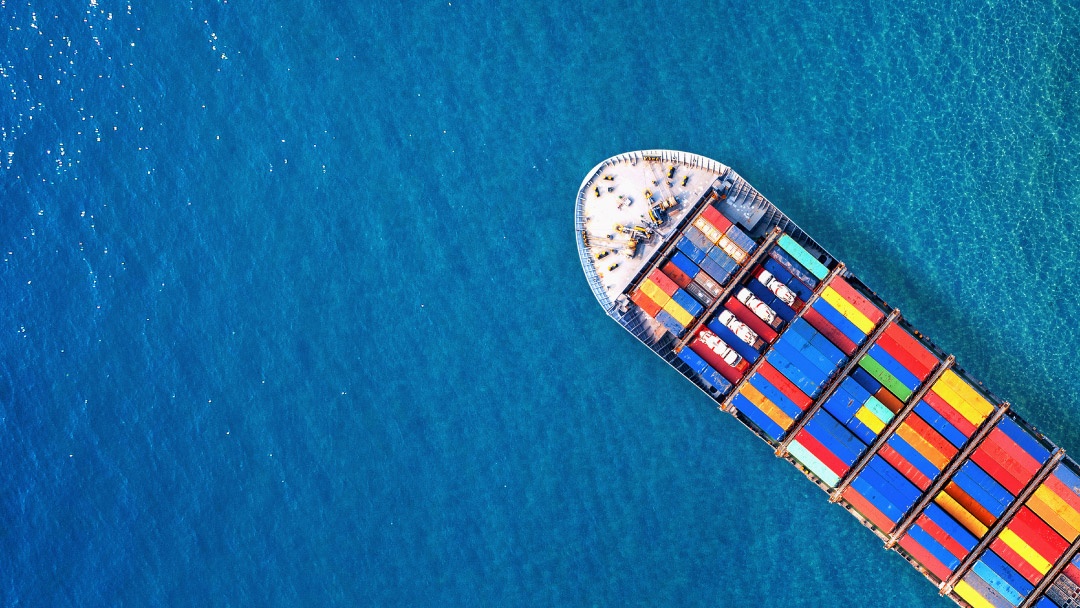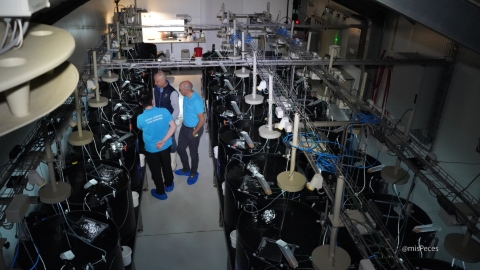
The international trade in seafood has exposed a significant disconnect between sustainable production and consumption patterns worldwide. Experts warn that heavy reliance on imports to meet the demand for fish and shellfish jeopardises the sustainability of nations’ food systems.
A study published in Plos One, led by Kayla M. Blincow in collaboration with researchers from the Scripps Institution of Oceanography and NOAA Fisheries, highlights this growing trend. Using the Fisheries Management Index (FMI), the researchers assessed the sustainability of production and consumption across 324 countries and regions. Their findings show that nations such as the United States, Canada, and the United Kingdom-renowned for their exemplary fisheries management-experience a decline in the sustainability of their seafood consumption due to imports from countries with lower environmental standards, including China, Thailand, and Vietnam.
Aquaculture and Traceability: Ongoing Challenges
The study emphasizes aquaculture as a critical component of global seafood production. However, it notes a significant lack of detailed data, making it difficult to distinguish between the impacts of wild capture fisheries and aquaculture practices. Traceability is another major hurdle; current systems fail to accurately track the origins of seafood, particularly when products are re-exported or processed in multiple countries. This not only hampers the ability to assess sustainability but also prevents consumers from making informed choices and perpetuates the trade in unsustainable products.
Among the key findings, 38% of the world’s fisheries production is destined for international trade, further complicating traceability. China, the largest exporter and processor of seafood, operates with relatively low sustainability standards, while the United States, as the world’s largest importer, sources more than half of its seafood form Asia.
Towards a Sustainable Solution

The study underscores the urgent need to address these disparities through join efforts by developed and developing nations. It advocates for the adoption of technologies such as blockchain to enhance traceability throughout the supply chain, from source to consumer, and calls for stricter standards in international trade.
According to the researchers, without greater transparency in seafood trade, global progress towards sustainability will remain inadequate. This call to action serves as a reminder that achieving sustainability requires not only robust local fisheries management but also ethical and transparent global trade practices.


